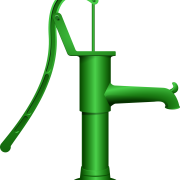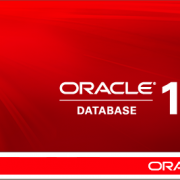I have seen the future and it is glorious: SQLcl the next generation of SQL*Plus
The first time I started using commercial databases was in 1998, in my basic programming course. The course was split into segments and at the first databases lesson, if my memory serves me right, the instructor began the class with the words: “Today we will learn about databases – first, let’s connect to the database using SQLPlus”.
This amazing tool, which almost everyone who works with Oracle databases knows, is one of the simplest yet powerful command line interface for working with the database. SQLPlus has been with us for many, many years – I used to use it back when I was using Oracle 7 and that says a lot. Since this is one of the most convenient tools to understand, and while it’s not very user friendly it does work great with scripts and other automatic procedures. SQLPlus have great integration with the cluster tools – for example, if we’re using it to stop an instance (regular shutdown), the grid infrastructure is aware the shutdown was on purpose, and it will not try to start up the instance node again. It even has other Oracle tools provide its users and its capabilities often (AWR reports for example).
The fact that SQLPlus has been around for so many years could have been considered a disadvantage because we would think it might not have changed over the years but this is not the case. The tools did change over the years – features and other capabilities were added and that allows us to do cool stuff like output our result to HTML format or interact with our scripts. Unfortunately that’s pretty much everything and the basics of the tool did not change.
I Recently became aware of a new tool from Oracle which will ultimately replace SQLPlus. It’s name is SQLcl and I was really impressed.


